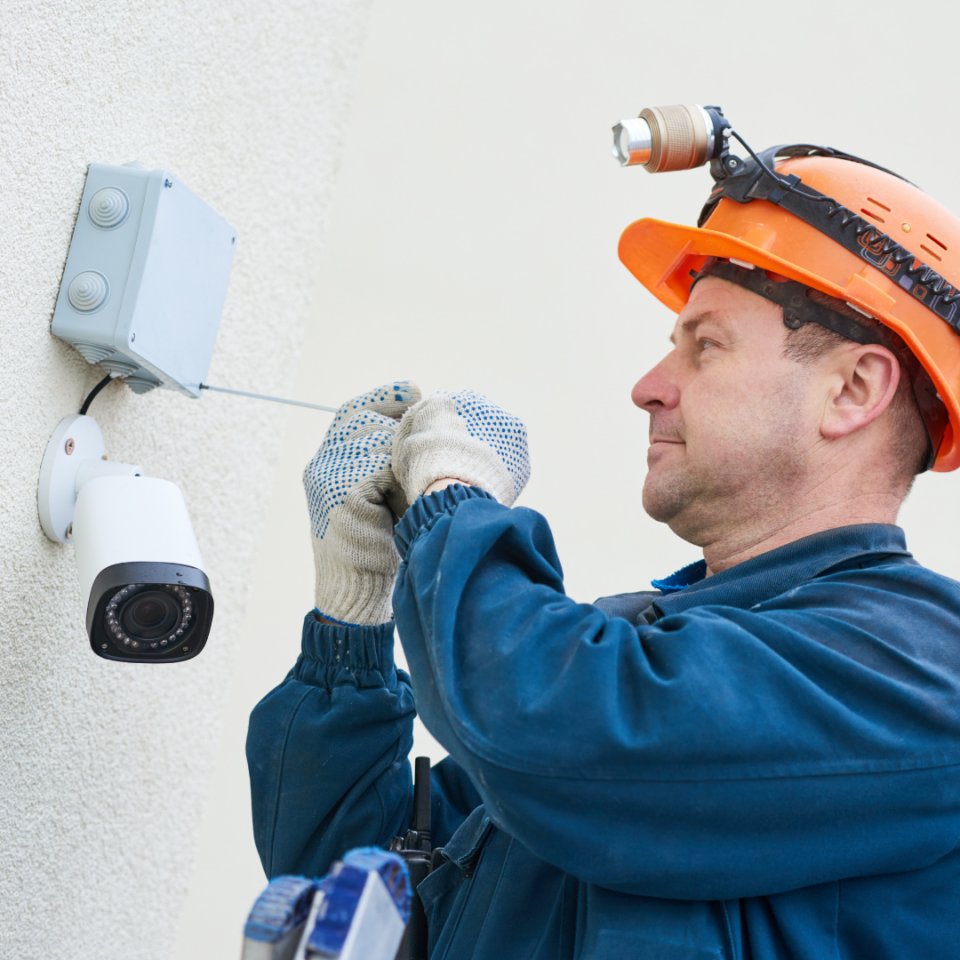Securing your premises with a robust security system in Singapore is crucial in today’s environment. In Singapore, where safety is a top priority, installing surveillance cameras and sensors is a common practice. Whether for residential or commercial properties, mounting cameras and installing sensors effectively requires careful planning and execution. Here’s a step-by-step guide to help you navigate the process seamlessly.
1. Assessing Your Security Needs
Before embarking on the installation process, it’s essential to assess your security needs comprehensively. Identify key areas that require surveillance coverage and determine the type and number of cameras and sensors needed. Consider factors such as property size, layout, entry points, and potential security vulnerabilities. Conduct a thorough risk assessment to prioritise areas of concern and tailor your security system accordingly.
2. Selecting the Right Equipment
Once you’ve identified your security requirements, the next step is to select the appropriate cameras and sensors for your installation. In Singapore, a wide range of security systems are available, including biometric door access systems and advanced surveillance cameras. Choose equipment that aligns with your budget, technical requirements, and desired features. Consider factors such as resolution, field of view, night vision capabilities, and weather resistance when selecting cameras, and opt for reliable sensors that offer accurate detection and minimal false alarms.
3. Planning Camera Placement
Proper placement of surveillance cameras is critical to maximising coverage and effectiveness. Begin by mapping out strategic locations for camera placement based on your security objectives and property layout. Aim to cover key entry points, vulnerable areas, and high-traffic areas with clear lines of sight. Mount cameras at optimal heights to capture facial features and other identifying details while minimising blind spots. Consider factors such as lighting conditions, potential obstructions, and camera angles when planning placement to ensure comprehensive coverage.
4. Mounting Cameras
With camera placement finalised, it’s time to proceed with mounting the cameras. Start by selecting appropriate mounting brackets or housings designed for your specific camera model and intended installation location. Use sturdy mounting hardware to securely attach cameras to walls, ceilings, or other surfaces, ensuring they are level and stable. Position cameras according to your predetermined plan, adjusting angles and tilt as needed to optimise coverage. Test each camera’s field of view and adjust positioning as necessary to achieve optimal surveillance coverage.
5. Installing Sensors
In addition to surveillance cameras, sensors play a crucial role in detecting unauthorised entry and triggering alerts. Biometric door access systems offer enhanced security by requiring unique biological traits such as fingerprints or facial recognition for access. When installing sensors, strategically place them near entry points, windows, and other vulnerable areas to detect unauthorised access or intrusion attempts. Follow manufacturer guidelines for sensor placement and calibration to ensure accurate detection and reliable operation.
6. Wiring and Connectivity
Once cameras and sensors are mounted and installed, ensure proper wiring and connectivity to complete the installation process. Use high-quality cables and connectors to establish connections between cameras, sensors, control panels, and monitoring devices. Conceal wiring where possible to deter tampering and maintain a clean and professional appearance. Test each component to verify functionality and ensure seamless integration with your security system.
7. Testing and Calibration
Before finalising your security system installation, thorough testing and calibration are essential to verify performance and address any issues. Test each camera and sensor individually to ensure proper operation, adjusting settings and positioning as needed to optimise performance. Conduct comprehensive system tests to assess overall functionality, including motion detection, alarm triggering, and remote monitoring capabilities. Fine-tune settings and configurations to meet your specific security requirements, and address any technical issues promptly to ensure optimal system performance.
In conclusion, mounting cameras and installing sensors are integral steps in establishing a comprehensive security system in Singapore. By following these step-by-step instructions and carefully planning each aspect of the installation process, you can enhance the safety and security of your property effectively. From assessing security needs to selecting the right equipment, planning placement, and ensuring proper wiring and connectivity, thorough attention to detail is key to successful security system installation.
For professional assistance with installing security systems, including cameras and sensors, contact Valsys Technologies today.


